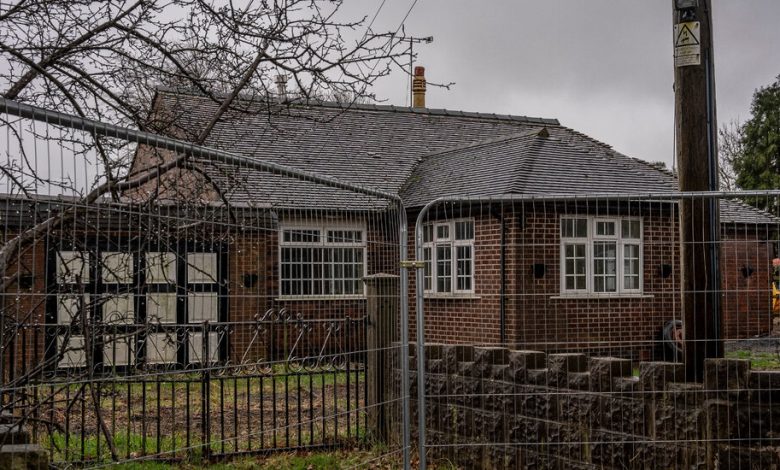An English Village Hollowed Out for a Train That May Never Come

For those that can afford them, the large villas at Whitmore Heath offer the tranquillity of the countryside within striking distance of urban centers like Stoke-on-Trent and Stafford, an hour’s drive north of Birmingham, the largest city in the English Midlands.
Yet on Heath Road, where some house prices have exceeded a million pounds (about $1.3 million), padlocked gates and signs warn trespassers of CCTV security monitoring. Outside one house stands a dumpster filled with waste while the roof of another is carpeted with a veneer of moss. Peer through the large windows of a family home, and not a single piece of furniture can be seen inside.
This scene of abandonment is a byproduct of a multibillion-dollar rail project that has spanned three decades and six prime ministers — a case study in the problems Britain encounters when planning large-scale infrastructure, and of the scarring that remains when such projects go awry.
“It’s like a ghost village around here now,” said Deborah Mallender, who lives in nearby Madeley, where several more modest homes also lie empty. “Where it was thriving with young families, now it isn’t.”
Whitmore was in the path of High Speed 2, a new train line that promised to connect London, Birmingham and two of the biggest cities in northern England at speeds of up to 225 miles an hour, spurring economic development and liberating space for more local services on an overburdened mainline rail network.




